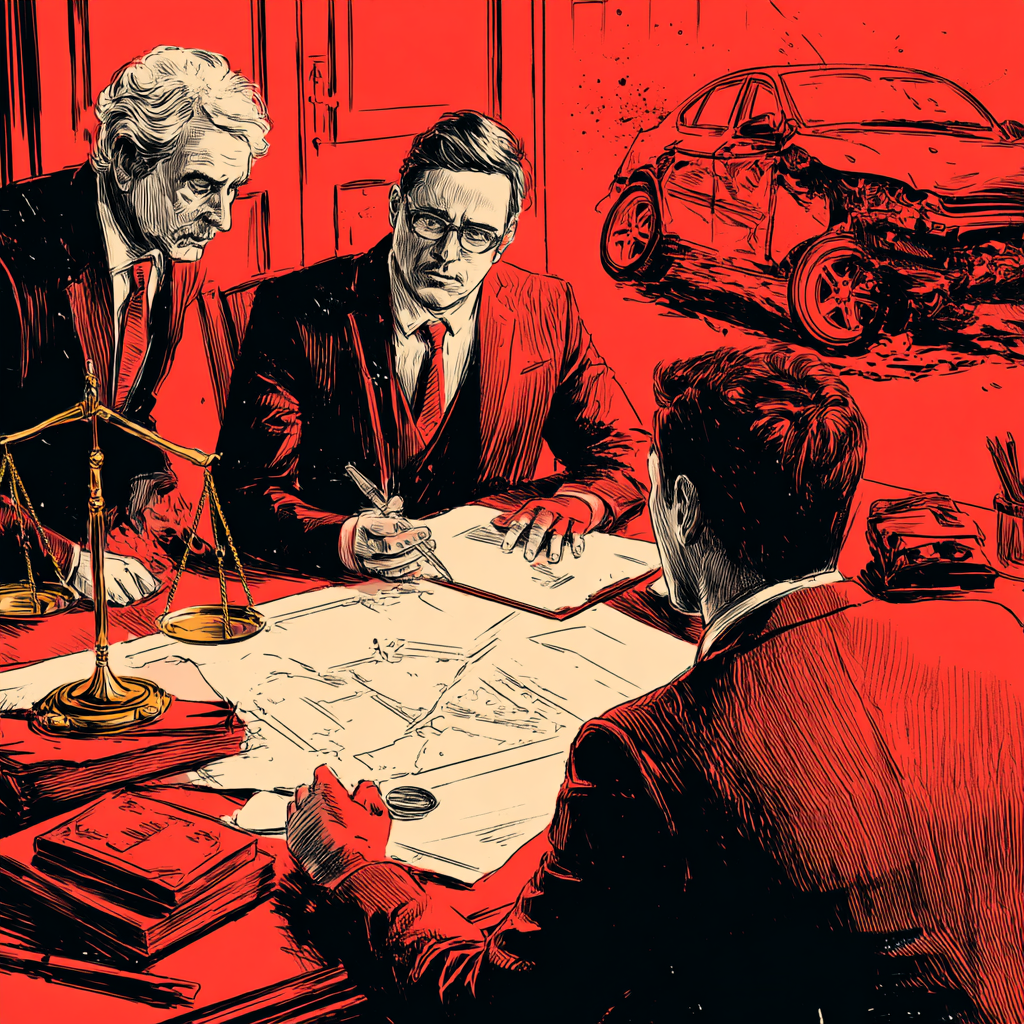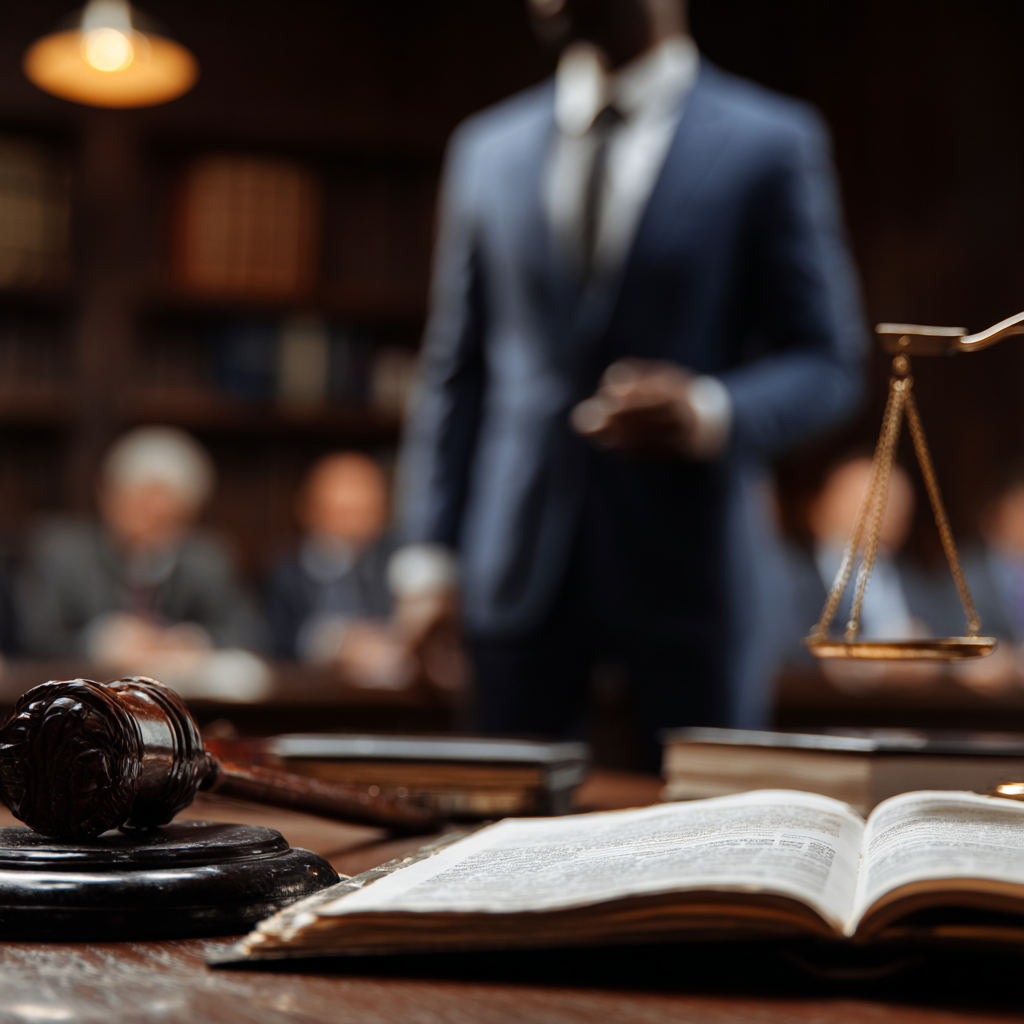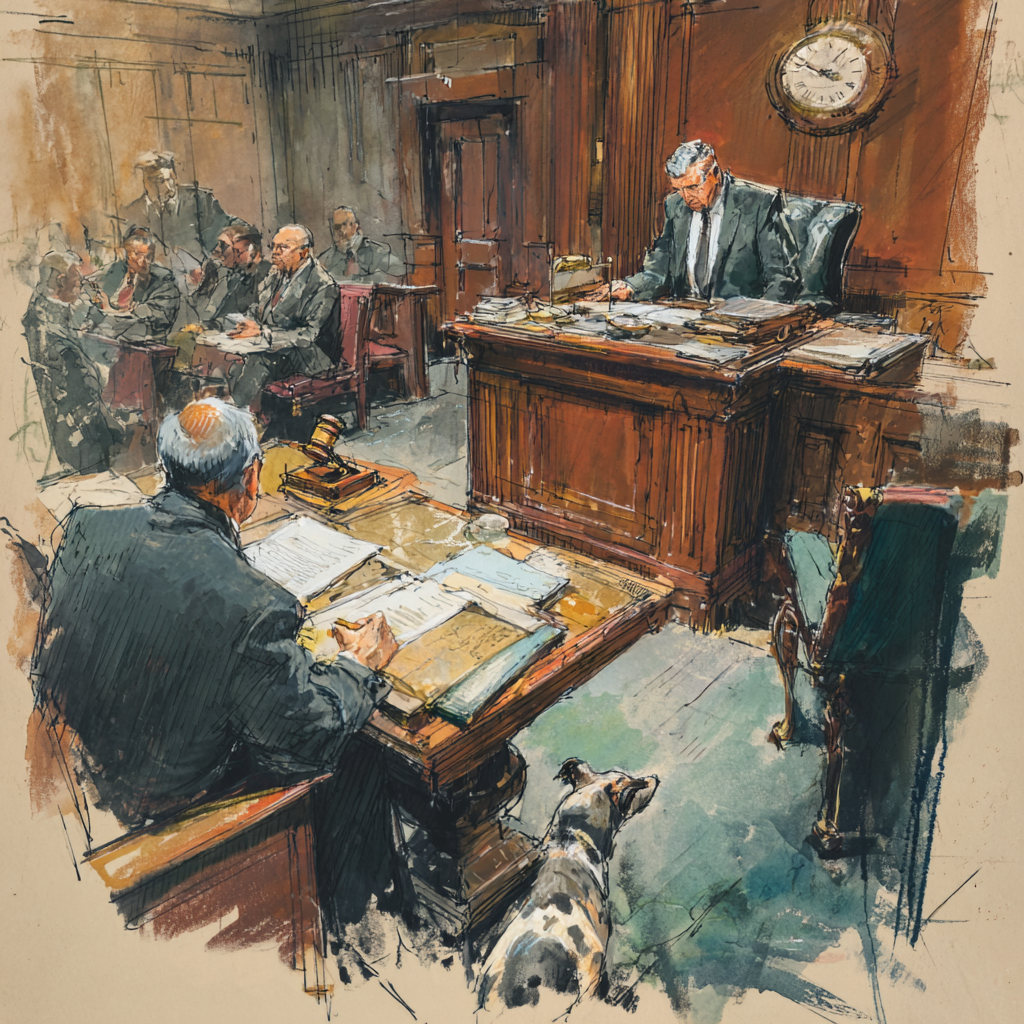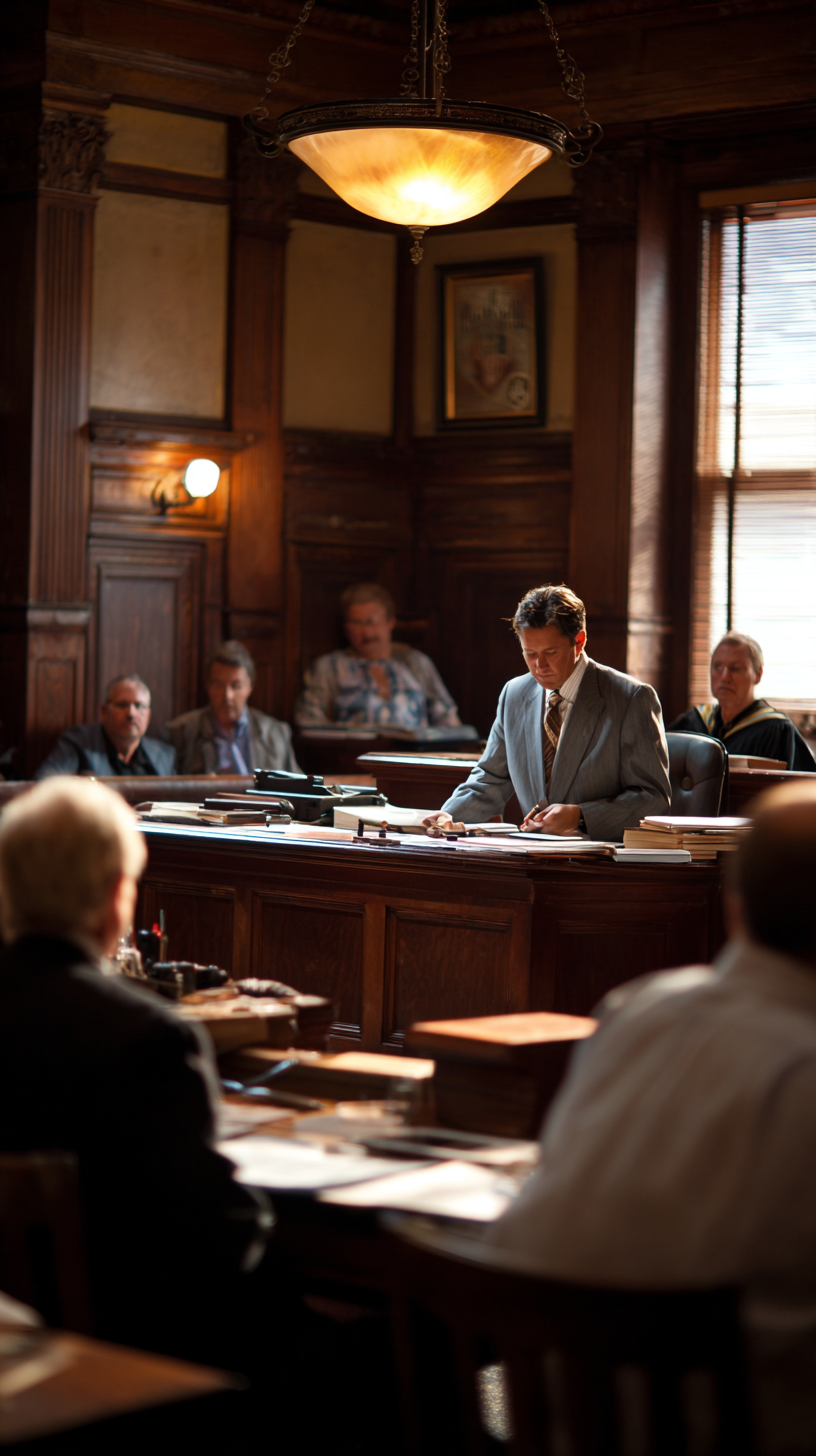Second Med., P.C. v GEICO, 2012 NY Slip Op 50236(U)(App. Term 2d Dept. 2012)
When I saw Second Medical, I remembered that now Supreme Court Justice Peter P. Sweeney commented about the inability of this entity to meet its prima facie burden at trial (Second Medical, P.C. v. Auto One Ins. Co., 20 Misc.3d 291 [Civ. Ct. Kings Co. 2008]). Second Medical was cited in the Appellate Term case (Carothers v. GEICO Indem. Co., 24 Misc.3d 19 [App. Term 2d Dept. 2009]), which was latter affirmed in (Matter of Carothers v. Geico., 79 A.D.3d 864 [2d Dept. 2010]), one of the bigger prima facie cases of this decade.
Some things never change and I guess some people never learn. On any other week, this case would get the Mr. Five Boro award for appellate excellence, but Second Medical gets a pass because Ms. Ava took it this week. Close call though.










7 Responses
Some things do change. In the trial decision by Sweeney, Second Medical solely presented the testimony of its third party biller. For this appeal, on a motion for summary judgment, Second Medical presented both the affidavit of its third-party biller, as well as the affidavit of its principal, both of which discussed the billing procedure. This is the first time that the Appellate Term has been presented with such a scenario. It should be noted that the judges of the Civil Court nearly uniformly held that the two affidavits, taken together, were sufficient to establish the admissibility of the claim forms.
The Appellate Term held that the affidavit of Second Medical’s principal sufficed to establish the admissibility of certain documents annexed to the motion. However, the Appellate Term found that “the documents submitted by the owner d[id] not reflect that those particular procedures had been performed,” and that the record did not show that “the third-party biller could have established that the specific procedures billed for were reflected in those documents.” In essence, if the right documents had been annexed (that is, documents showing that certain specific procedures had been performed), Second Medical would have established its prima facie case.
This is unlike any other decision that the Appellate Term has rendered on the matter. Some things do, indeed, change.
As for people never learning, on the other hand, that would probably apply to you talking out of turn about my appeals.
Damin, I don’t understand why you would need two affidavits. If you have an Affidavit from the principal (medical provider) why do you need an affidavit from the thrid party biller? At that point, it seems that it is no longer a third-party biller issue.
My sentiments exactly…
Got to Rojak’s blog today. He made a comment similiar to Damin.
Mitch, if a third-party biller created the bill, and the doctor has no knowledge about the creation of the bill, how can the doctor’s affidavit suffice to render the bill admissible? I’d gladly use that tactic if you could explain it to me, but it seems to me that the doctor cannot lay a CPLR 4518(a) foundation for the admissibility of a document that he has no knowledge regarding its creation, even if it based upon information that is within his knowledge.
It seems to me that the solution is either a) for the biller to have personal knowledge of the medical office’s procedures (which is increasingly occurring as a result of decisions like these), or b) dual affidavits. Apparently I need to try again with a more specific affidavit on the part of the doctor, with certain other documentation annexed thereto.
The Term is tough to impress. They need a videotape of the treating licking and stamping the envelope.
Damin:
I guess I am missing the point. How does two Affidavits equal a prima facie case. What should be included in each Affidavit.
The third-party biller would talk about the creation of the bill. However, he still does not have knowledge of the providers’ practice and procedures. I still do not see how the doctor’s Affidavit would automatically make the thrid party biller’s affidavit admissible.